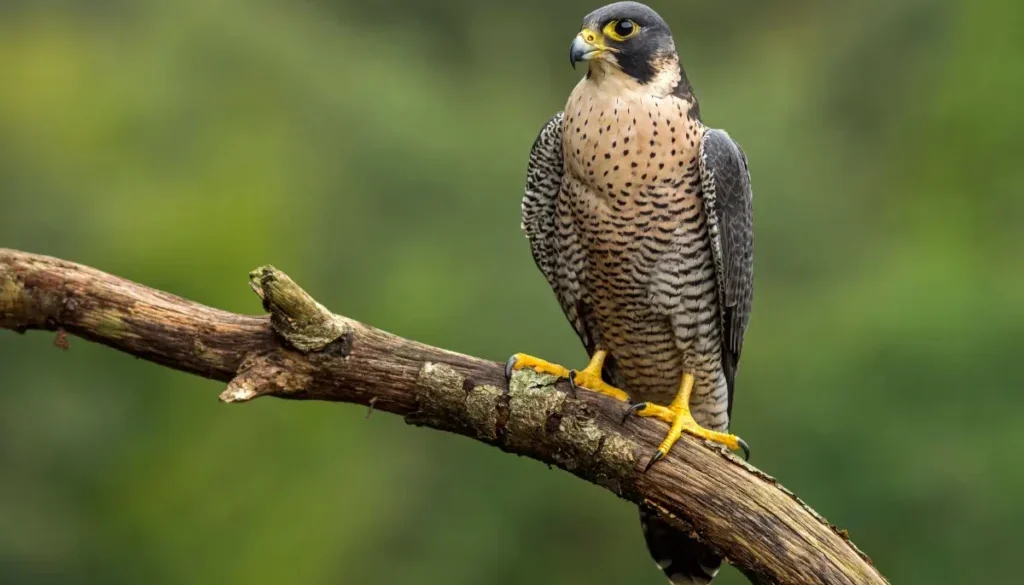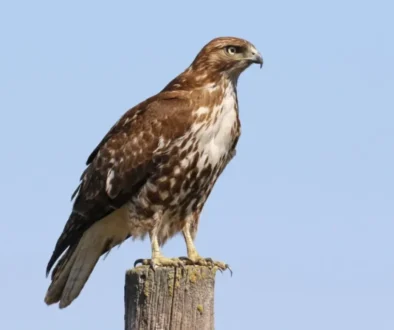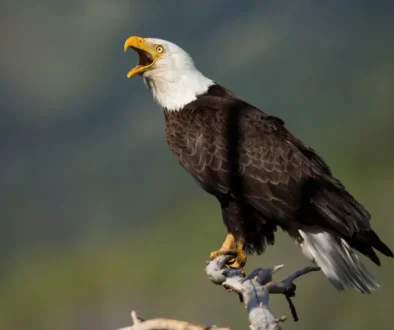Peregrine Falcon (Falco peregrinus)
The Fastest Bird in the World
The Peregrine Falcon, known for being the fastest bird in the world, is a medium-sized raptor with a wingspan of 3.3 to 3.6 feet and a body length of 13 to 23 inches.
Distinctive Features
Adults are characterized by their blue-gray back, barred underparts, and a distinctive dark head with a wide mustache-like mark extending from their eyes, often referred to as a “malar stripe.” Their eyes are large and dark, enhancing their sharp vision, which is critical for spotting prey from great distances.
Global Distribution and Habitat
Peregrine Falcons are found on every continent except Antarctica, making them one of the most widespread birds of prey. They inhabit diverse environments, including coastal regions, mountains, forests, and increasingly, urban areas where tall buildings mimic the cliffs they naturally nest on. Their adaptability to various habitats is one of the reasons for their wide distribution.
Incredible Hunting Abilities
Peregrine Falcons are famous for their incredible hunting technique. They prey on medium-sized birds, such as pigeons, ducks, and songbirds, catching them mid-air in a high-speed dive called a stoop. During this dive, they can reach speeds of over 240 miles per hour, making them the fastest animals on the planet. Their hunting success is due to their exceptional eyesight, aerodynamic body, and powerful talons, which they use to strike and immobilize their prey.
Breeding and Population Recovery
Breeding pairs of Peregrine Falcons form strong monogamous bonds and often return to the same nesting site, known as a scrape, year after year. The female typically lays 3 to 4 eggs, which both parents incubate for about a month. Once hatched, the young falcons, called eyases, are cared for by both parents until they fledge at around 40 days old.
Conservation Success Story
Peregrine Falcons faced significant population declines in the mid-20th century due to pesticide poisoning, particularly from DDT, which caused eggshell thinning and reduced reproductive success. Conservation efforts, including the banning of DDT, captive breeding programs, and reintroduction initiatives, have led to a substantial recovery of Peregrine Falcon populations. They are now listed as a species of least concern, though they remain protected under various international and national laws.



